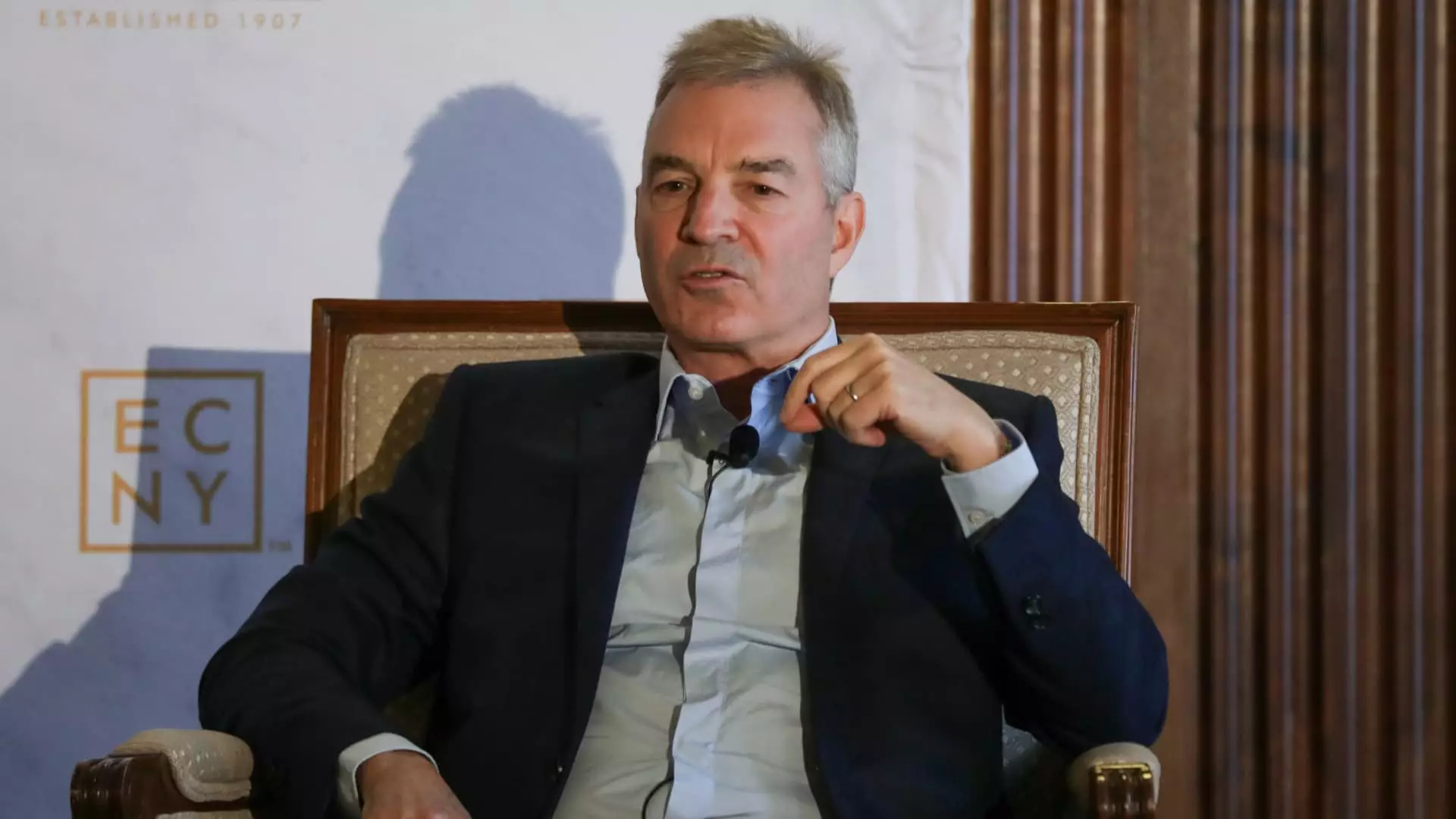In today’s fast-paced financial landscape, where the treacherous waters of technological advancement can either propel an investor to greatness or sink them into obscurity, Daniel Loeb stands as a testament to adaptability and foresight. As he celebrates the 30th anniversary of his hedge fund, Third Point, Loeb is boldly asserting his place at the forefront of the artificial intelligence revolution. Describing AI as a dual-edged sword, he warns against the risk of becoming “AI roadkill.” This phrase encapsulates both urgency and clarity—a reminder that in the investment world, one can either harness the transformative power of AI or fall victim to its rapid progression.
Loeb’s philosophy is not merely reactive; it is grounded in a proactive embrace of technology. He emphasizes the need for nimbleness in investment strategies, suggesting that relying solely on traditional methodologies can lead one astray in an environment that is evolving at breakneck speed. His assertion that change is accelerating reflects a deep understanding of the modern economy’s unpredictable nature, a reality that every investor must confront. In a bustling marketplace where AI has become the linchpin of many successful ventures, the ability to adapt is crucial, and Loeb seems keenly aware of this imperative.
The Capitalization on AI Profits
Within the broad spectrum of AI, Loeb has tailored his investment strategies to not just include high-profile tech giants like Meta, Nvidia, and Amazon, but also companies that are more nascent players in the AI landscape, such as the London Stock Exchange Group and Taiwan Semiconductor Manufacturing Company. By diversifying his portfolio to encompass both established firms and emerging entities, Loeb exemplifies a balanced investment approach that aligns with the principles of center-right liberalism—encouraging innovation while recognizing the stability brought by well-established players.
Loeb’s keen insights into how legacy companies have built “enormous competitive advantages” through AI adaptation underscore a critical perspective: that successful investment is not merely about jumping on trends but understanding which players are genuinely innovating versus those that are likely to be left behind. He uses AI as a benchmark for assessing the potential of various investments, essentially placing a spotlight on companies that are leveraging AI to drive growth and profitability. This focus on meritocratic principles reflects a liberal approach to investment, where those who innovate and deliver value should rightfully be rewarded.
A Veteran’s Perspective on Market Stability
Despite the current fervor surrounding AI, Loeb acknowledges the larger economic context—one characterized by uncertainty but also by opportunity. His belief that quality growth stocks will prevail in the long run is indicative of a center-right economic philosophy, which emphasizes individual initiative and market-driven results over regulatory intervention. Loeb’s expectations for a more predictable market in 2026 reveal a sense of optimism grounded in realism; while acknowledging short-term volatility, he champions a long-term view where calculated investments are likely to yield substantial returns.
Interestingly, Loeb’s re-engagement with U.S. Steel demonstrates not just a strategic insight into specific sectors but also a willingness to navigate the complexities of market conditions. By positioning himself ahead of Nippon Steel’s acquisition, he exhibits a calculated risk-taking approach that is essential for any successful investor. This move signifies an understanding that the backdrop of economic growth is supportable, but only for those who can identify the right ventures with potential upside.
The Road Ahead: Winners and Losers
Looking forward, Loeb’s confidence in identifying “winners and losers” amidst prevailing uncertainties reflects a core belief that the true essence of capitalism ensures that innovation rewarded will lead to success. His sentiment resonates with a center-right ideology, suggesting that in a free market, growth comes from those who are willing to innovate and adapt. Meanwhile, his acknowledgment of impending market development sets the stage for a renewed focus on discerning which companies will not just survive but thrive, making sound investment choices all the more crucial.
Loeb’s journey through three decades serves as a blueprint for emerging investors attempting to navigate the intricate relationship between technological advancement and market dynamics. The question remains: will prospective investors heed his advice, or will they fall prey to the rapid developments that the AI sector promises? If the past is any indication, those who adopt a strategic, thoughtful approach—much like Loeb—will undoubtedly be the ones who ultimately benefit in this evolving economic landscape.

